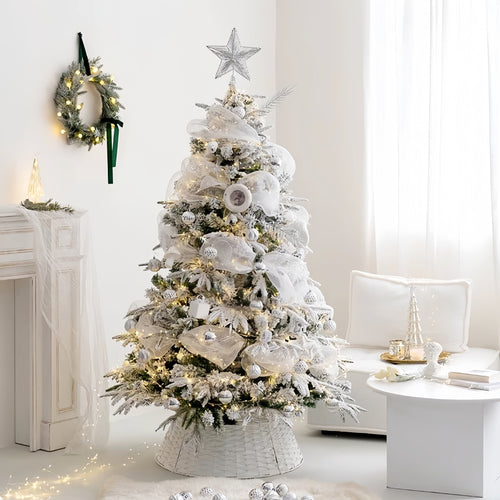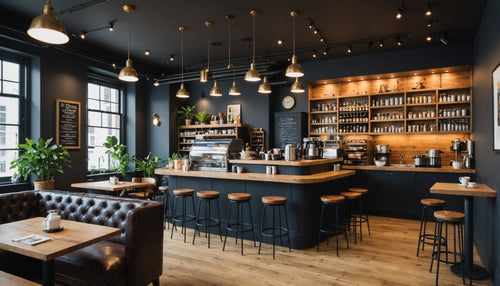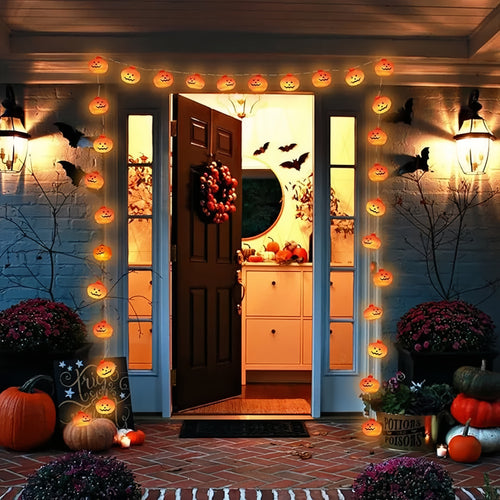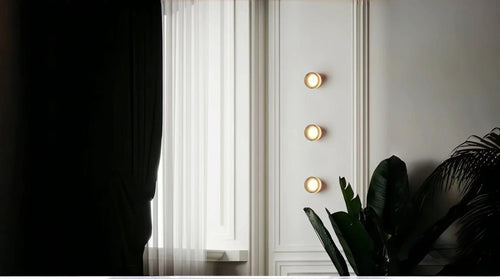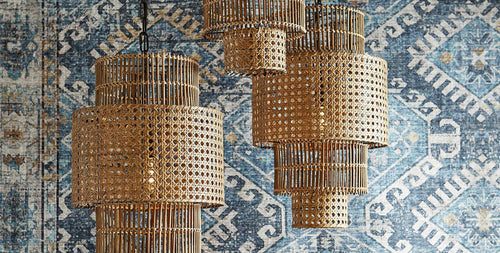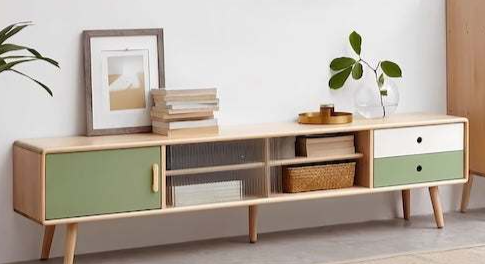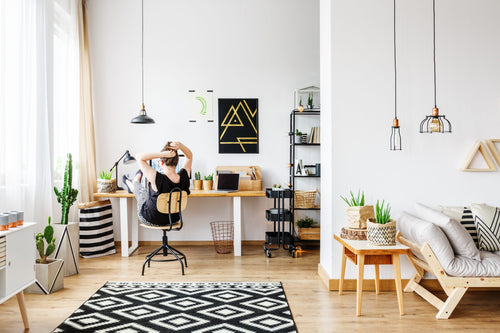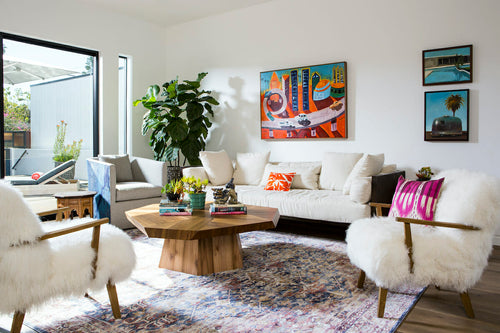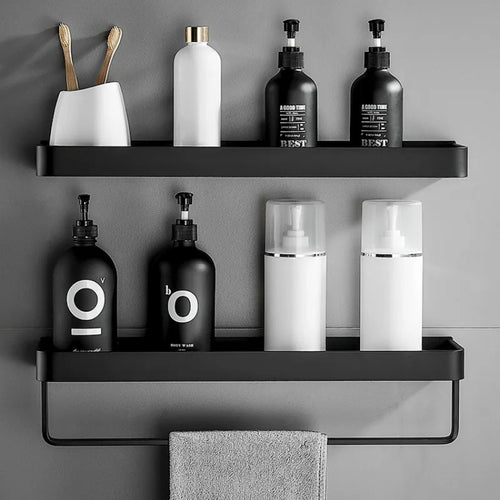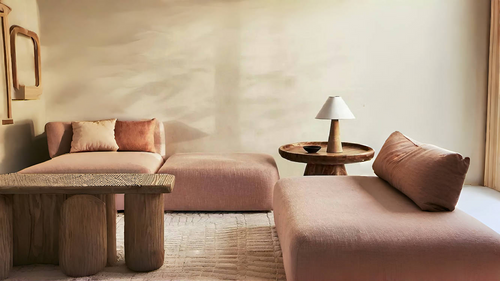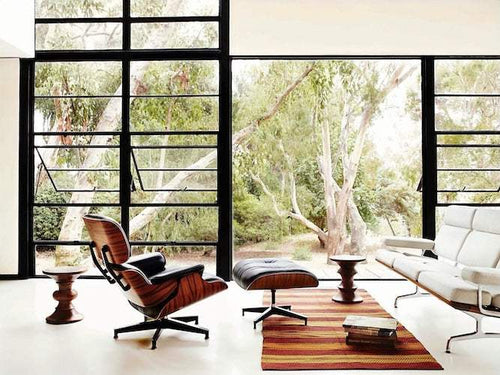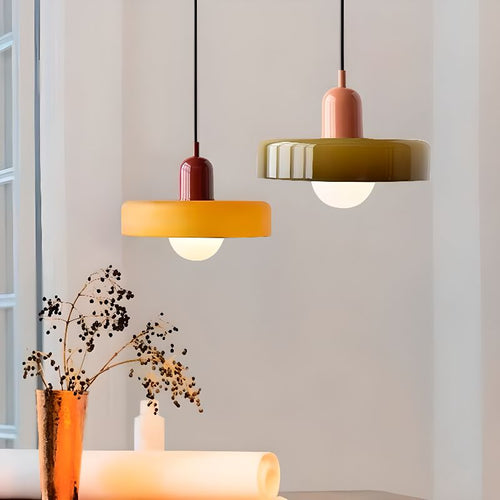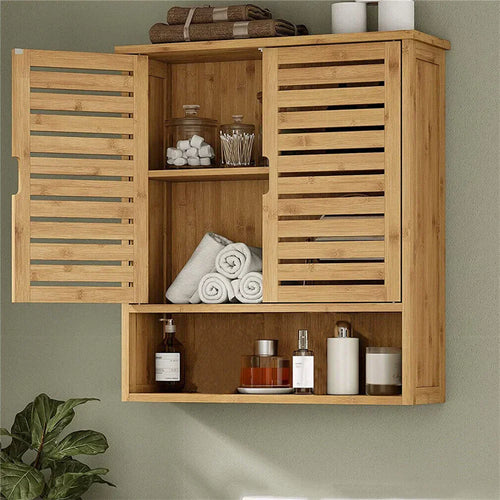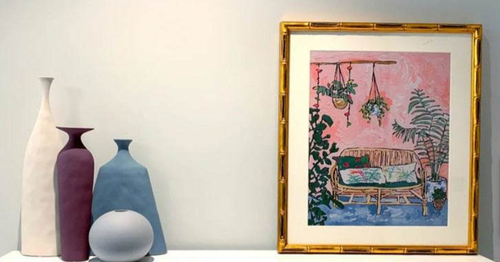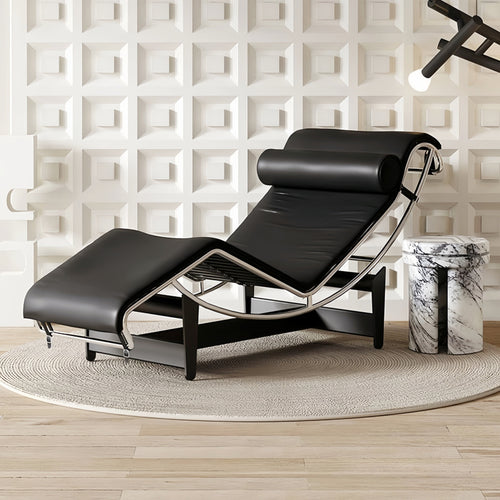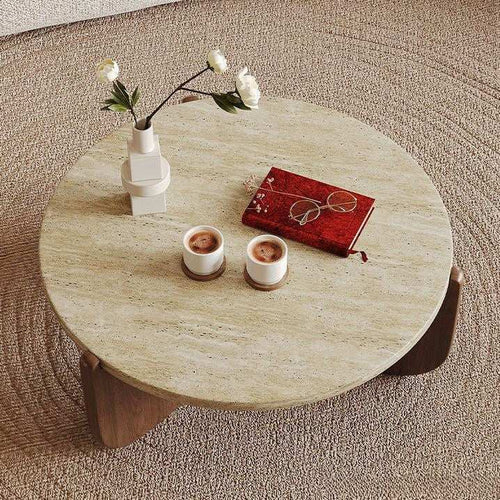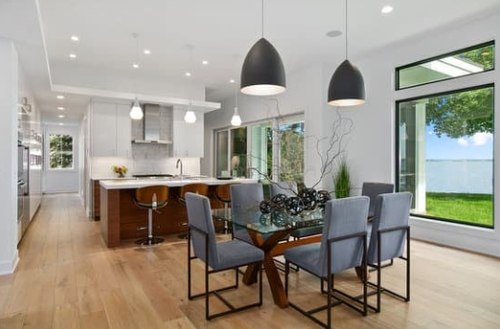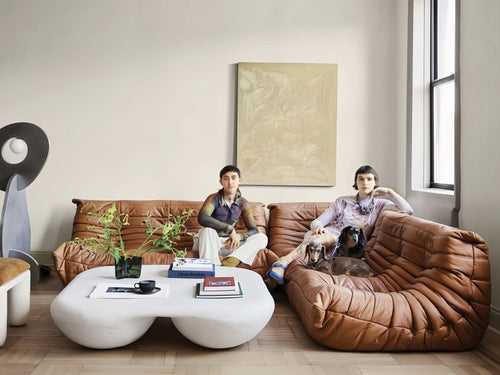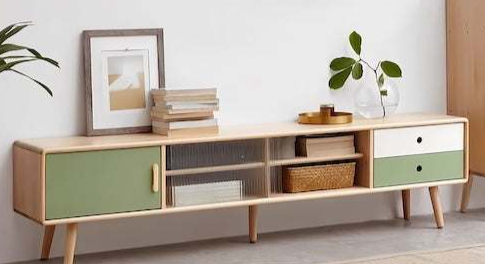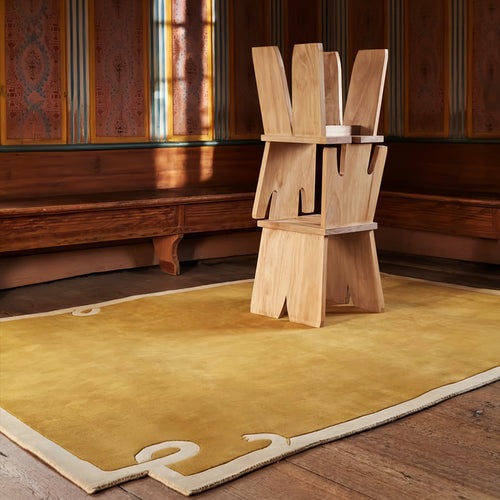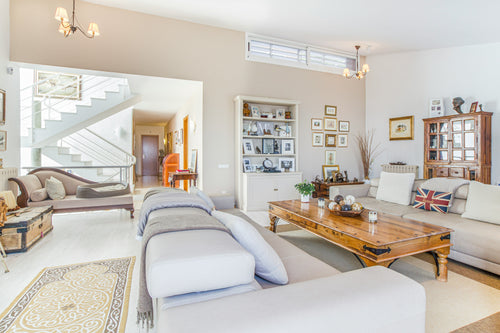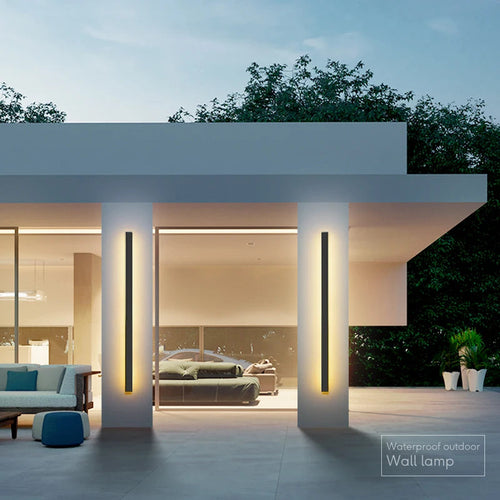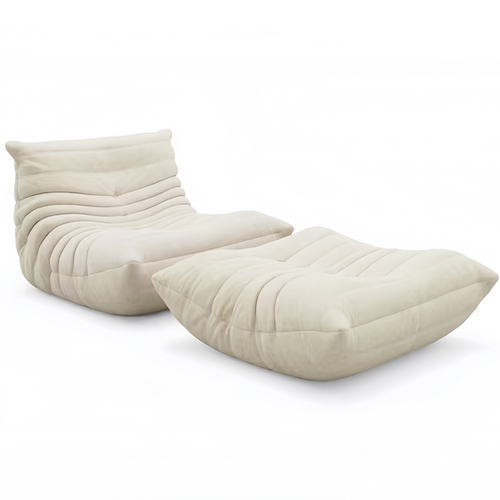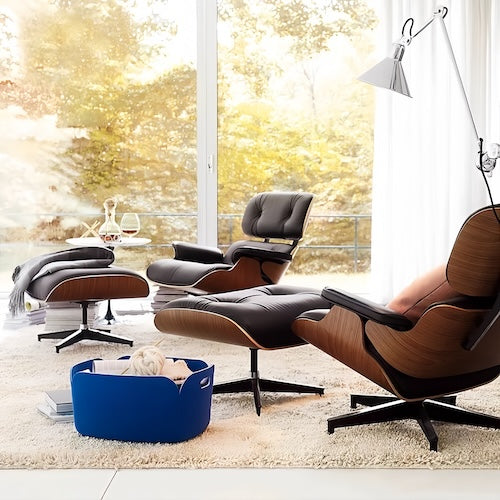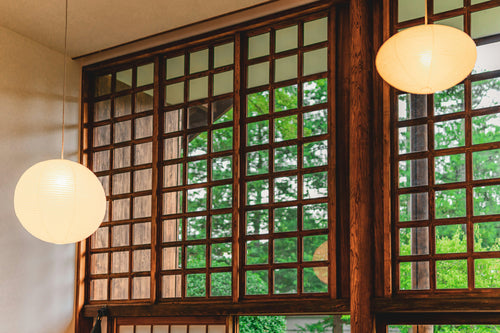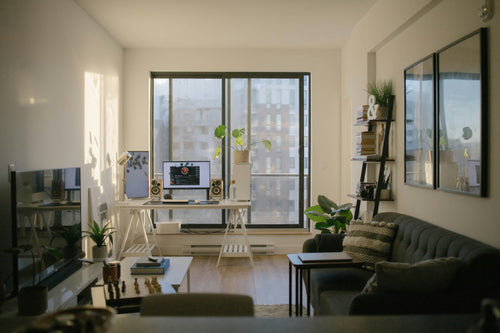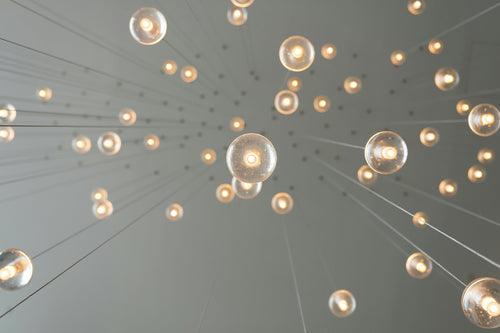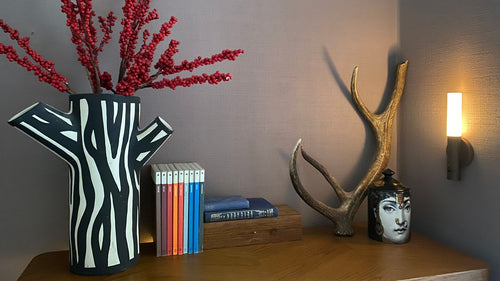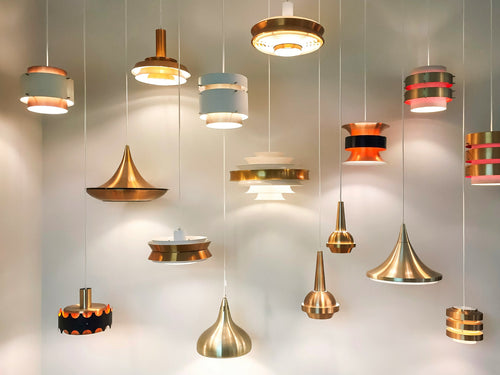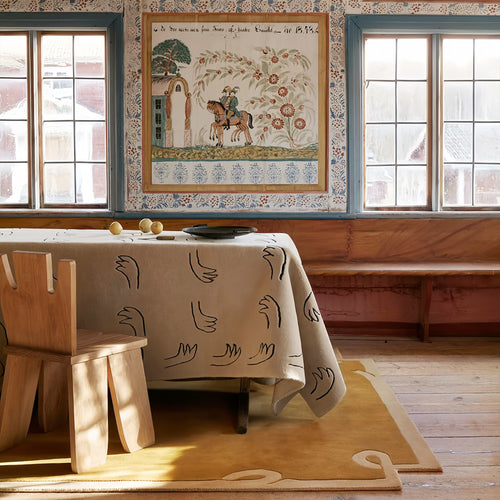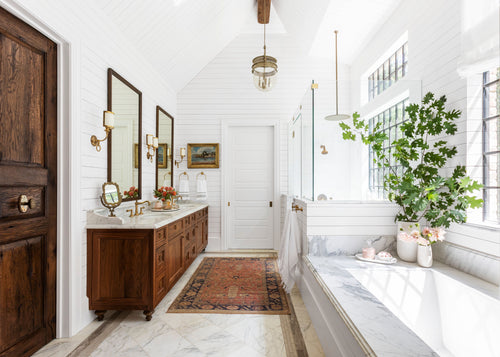Lamps are an important consideration when furnishing a home. It not only provides basic illumination but also enhances the beauty and atmosphere of the place. An beautiful lamp may always become the focal point of a space, directing the eye, displaying personality and taste, and creating a comfortable and pleasant living atmosphere.

However, in the process of selecting lighting, many friends have fallen into errors. Either the lamp's shape is unsightly, or the performance is bad, and they wind up spending money but not getting the desired result. To assist more people avoid these mistakes, this post will walk you through five simple stages for selecting a good lamp that is both attractive and functional.

I. Determine the lamp's purpose and the overall design of the area.
Before selecting a lamp, you must first determine its purpose in the room and the environment you wish to create. Lamp styles must be diverse for different areas and functions. For example, in the bedroom, you can select warm and pleasant lighting, whereas in the living area, you can select brilliant and atmospheric lighting.

II. Pay attention to the performance parameters of the bulbs.
1. Wattage
Illumination is the brightness of a light, which is mostly determined by the wattage of the bulb. How do I know what wattage I need? The computation formula for bedrooms and living rooms is as follows:
① Bedroom area: x3; ② Living room area: x5.

Furthermore, you should choose a lamp with full spectrum lighting because it is consistent with the solar spectrum and has a low blue light value, which is beneficial for visual protection. You should also check to see if it fulfils the implementation standards for classroom lighting fixtures in my country, which need an illumination of 300LUX or more and an illumination uniformity of at least 0.7 to ensure consistent lighting and avoid uneven brightness.

2. Colour Temperature
Colour temperature can be defined as the visual perception of coldness or warmth of light. The recommended colour temperature is 3500K, which is neither white nor yellowish and is good for most scenarios. If you want to create a bright atmosphere, use a colour temperature of 4000K; for a warm and high-end ambiance, use a colour temperature of 3500K. Lamps in the same space should have the same colour temperature to avoid the occurrence of mixing cold and warm light, which influences the place's environment.

3. Color rendering index
Light with a high color rendering index can better restore the true color of objects, making the objects look bright and high-end. In theory, the higher the color rendering index, the better, but it should also be selected according to actual needs and scenarios.

III. Pay attention to the safety of lamps.
1. No flicker.
Flickers can produce oscillations in light sources. Being exposed to such an atmosphere for an extended period of time can cause eye injury. If you can see stripes when you put your cell phone camera at the lamp, it signifies there is a noticeable flicker and such lamps should be avoided.

2. Blue light issue.
Blue light is linked to numerous eye problems, including presbyopia, macular degeneration, dry eyes, glaucoma, and cataracts. When picking lamps, we should consider the management of their blue light value. Ask the seller for a blue light test report and select bulbs with a low blue light hazard group. The blue light danger group should not exceed RG1 in spaces such as living rooms and dining rooms; in children's and study rooms, lamps with a blue light hazard group of RG0 are advised.

3. Check to see if the lamp's light is too bright. Lamps that shine directly into our eyes are uncomfortable to use, and prolonged exposure may cause eye damage. Choose lights with diffuse reflection or lampshades. These lamps provide gentle light, are easy on the eyes, and can improve the atmosphere of the place.
4. Choose the appropriate size and quantity.
The lamp's size should be proportionate to the size of the room to avoid spatial imbalance produced by being excessively large or little. In addition, select the appropriate number of bulbs based on the purpose and requirements of the room. For example, the living room can employ a combination of primary and auxiliary lamps to suit the lighting requirements of various settings.

Finally, while selecting lamps, evaluate how they complement the overall décor style. A lamp that complements the decor style can not only improve the aesthetics of the place, but also showcase your unique preferences.


